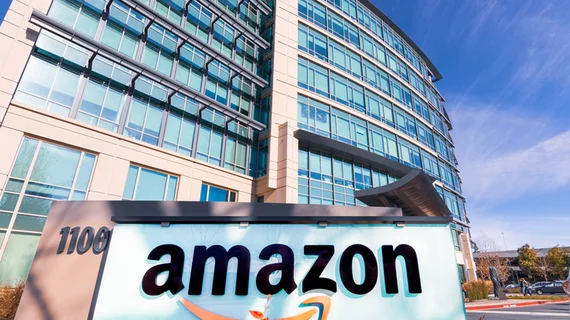Amazon Care announces plans to expand in-person services nationwide
Amazon Care’s in-person services will be available in 20 new cities later this year, the company announced on Tuesday.
The online retail giant plans to offer urgent and primary care options, including COVID-19 and flu testing, vaccinations, treatment of illnesses and injuries, preventive care, sexual health, and prescription requests and refills, in San Francisco, Miami, Chicago, and New York City, among other locations.
Currently, Amazon offers those in-person services in Seattle, Baltimore, Boston, Dallas, Austin, Los Angeles, Washington, D.C., and Arlington, Texas.
In addition, Silicon Labs, TrueBlue, and Whole Foods Market have joined the list of companies now offering Amazon Care to their employees.
“Patients are tired of a healthcare system that doesn't put them first,” Kristen Helton, director of Amazon Care, said in a statement. "Our patient-centric service is changing that, one visit at a time. We’ve brought our on-demand urgent and primary care services to patients nationwide. As we grow the service, we’ll continue to work with our customers to address their needs."
In the statement, the company said that Amazon Care is designed to fill a gap in the healthcare system by combining virtual care with a novel approach to in-person care.
